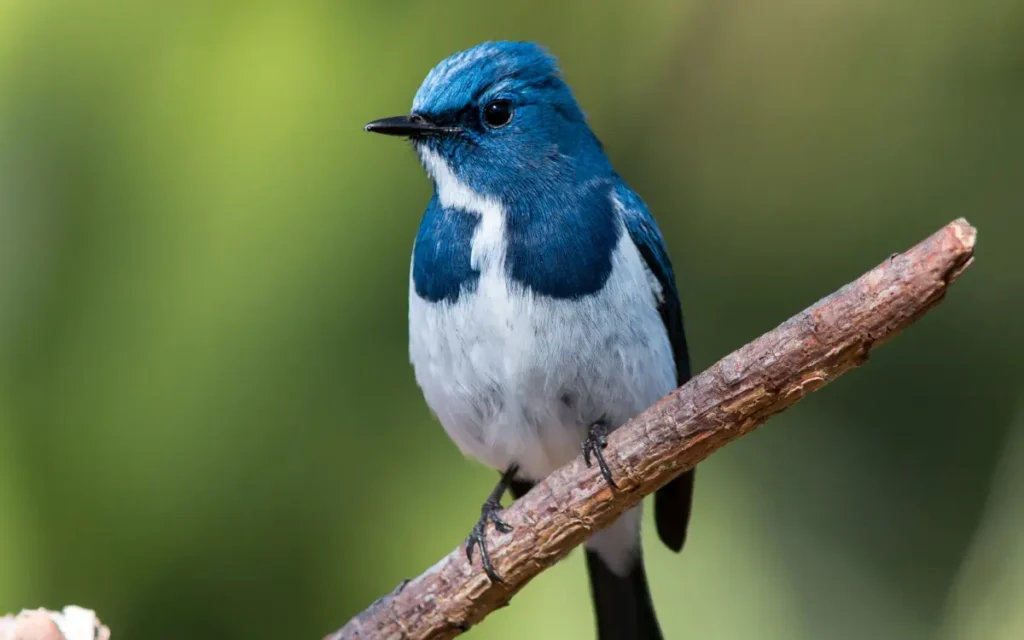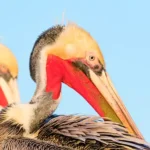Bluebirds are delightful creatures with vibrant blue feathers and cheerful songs, adding color and melody to any garden.
They play an essential role in local ecosystems by controlling insect populations and promoting biodiversity.
Attracting bluebirds not only enriches your outdoor environment but also supports the preservation of local wildlife.
Types of bluebird to attract
Eastern Bluebird, Western Bluebird, Mountain Bluebird
Why Attract Bluebirds?
Attracting bluebirds to your yard provides several benefits. These birds are natural insect hunters, feeding on beetles, caterpillars, and other pests, which reduces the need for chemical pesticides.
Beyond pest control, bluebirds contribute to biodiversity by dispersing seeds and supporting plant growth. Their presence adds a peaceful ambiance, thanks to their soft, melodic songs.
By providing a habitat for bluebirds, you also help protect them as urban development encroaches on their natural spaces.
Understanding Bluebird Behavior and Needs

Bluebirds prefer open habitats like woodlands, fields, and suburban areas with minimal disturbances. They thrive in spaces with open areas for foraging, nearby perching spots, and some tree cover for safety.
During warm months, their diet mainly consists of insects like beetles and caterpillars, which provide essential protein. When insects are scarce in colder months, they switch to eating berries and fruits, making shrubs that produce seasonal berries an excellent addition to any bluebird-friendly yard.
Bluebirds prefer nesting boxes over natural cavities, especially in open areas with clear views.
Nest boxes should be placed about 4 to 6 feet off the ground, spaced apart to minimize competition.
By setting up a safe nesting area and offering food sources, you can create a welcoming environment for bluebirds.
1.Creating the Ideal Habitat
To attract bluebirds, maintain a portion of your yard as an open space free from dense shrubs. Trim the grass and avoid cluttered landscaping to give them unobstructed ground for hunting.
Nearby trees or tall shrubs serve as perching spots, providing them with a place to rest, spot insects, and retreat for safety.
Avoid using pesticides, as bluebirds rely on insects, especially in warmer months. By letting bluebirds handle pest control naturally, you’ll help them thrive and support a balanced ecosystem.
Open spaces, available perches, and a pesticide-free environment will make bluebirds feel safe and welcome.
2.Providing Food for Bluebirds
A steady food supply is key to attracting bluebirds. Plant native berry-producing shrubs like dogwood, holly, and elderberry for natural food sources, especially in colder months.
During winter and early spring, when insects are less abundant, you can offer mealworms, suet, or specialized bluebird food mixes to provide essential nutrients.
For feeders, use platform feeders or mealworm feeders with shallow dishes. Place feeders in open areas near perching spots to make bluebirds feel secure while feeding.
With the right food and feeder setup, you’ll not only attract bluebirds but also help them thrive throughout the year.
3.Setting Up Bluebird Nesting Boxes
Nesting boxes are an effective way to attract bluebirds. Choose a box with a 1.5-inch entrance hole, suitable for Eastern Bluebirds, with an interior measuring about 4 x 4 inches wide and 9 inches tall.
Mount boxes 4 to 6 feet off the ground in open areas with minimal tree cover.
This placement allows bluebirds to spot predators and maintain territorial boundaries.
After each breeding season, clean out the nest box to remove old materials, which helps prevent parasites. Wipe down the interior with a mild bleach solution and let it dry before closing. Regular cleaning encourages bluebirds to return each season, creating a safe nesting environment.
Read also: 17 Blue Birds With Orange Chests (Picture,Location)
4.Providing Water Sources
A reliable water source is essential for bluebirds. A shallow birdbath, about 1-2 inches deep, with a gently sloping basin works well.
Adding a small fountain or dripper can make the birdbath more enticing, as the sound of moving water attracts their attention.
During colder months, a heated birdbath ensures that bluebirds have access to fresh water when natural sources are frozen.
By offering both still and moving water options, you’ll create an environment that meets bluebirds’ needs throughout the year.
5.Ensuring Safety for Bluebirds
Protect bluebirds from predators like raccoons, cats, and snakes by installing predator guards on the mounting poles. Baffles placed below the nest box and metal poles make it difficult for predators to climb.
Invasive birds like house sparrows often compete with bluebirds for nesting sites, so using boxes with entrance holes sized specifically for bluebirds (1.5 inches in diameter) helps deter them.
Window collisions can also pose a risk. To minimize this, apply decals or bird-safe film to windows to make them more visible.
With these precautions, you can create a secure space for bluebirds to nest and thrive in harmony with your surroundings.
6.Maintaining a Bluebird-Friendly Yard Year-Round
To keep bluebirds visiting, make seasonal adjustments to meet their changing needs. In spring and summer, provide insects by avoiding pesticides.
In fall and winter, offer supplemental foods like mealworms, suet, and berries. Planting native shrubs with winter fruits ensures a natural food source as well.
Regular maintenance of bluebird boxes, feeders, and birdbaths is crucial. Clean out old nesting materials after each breeding season and periodically wipe down feeders and birdbaths.
By making these small adjustments, you’ll create a welcoming, bluebird-friendly yard that supports these birds year-round.
FAQs
Why use a tuna can to attract bluebirds?
A tuna can is small, sturdy, and easily mounted, making it a simple DIY feeder. It’s the perfect size for bluebirds, which prefer compact feeding areas with food options like mealworms, suet, and fruit bits.
What type of food should I put in the tuna can to attract bluebirds?
Bluebirds enjoy high-protein and nutritious foods, so fill the can with dried or live mealworms, crumbled suet, fruit pieces (like berries or chopped apples), or shelled sunflower hearts. Avoid seeds with hard shells, as bluebirds aren’t typically interested in these.
What do bluebirds eat besides insects?
In colder months, bluebirds enjoy berries and fruits. Plant native shrubs like holly and elderberry to provide these natural sources. You can also offer mealworms and suet to supplement their diet.
How can I keep my birdhouse safe from predators?
Install predator guards on the mounting pole of the nest box. Baffles and metal poles are effective at deterring climbing predators. Position the nest box in open areas away from dense cover to reduce lurking predators.
Why aren’t bluebirds using my nesting box?
Bluebirds may avoid boxes due to poor placement, competition, or an inappropriate entrance size. Ensure the box is 4-6 feet off the ground, with a 1.5-inch entrance hole, and placed in an open area.
Can I attract bluebirds if I live in an urban area?
Yes, you can. Focus on providing native plants, fresh water, and a safe nesting box. Urban areas with larger yards or open parks are suitable as long as they’re free from high traffic and disturbances.







